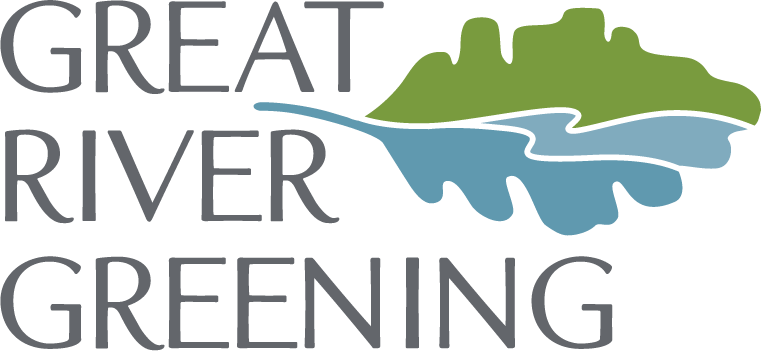
Minnesota River
Minnesota’s namesake river drains some of the most important agricultural lands in the United States. Associated land use practices have had profound impacts on water quality within the river, with excessive turbidity and nutrients now commonplace. Although significant gains in water quality have been realized over recent years, additional improvements must be made before water quality in the river is brought to acceptable levels.
Our Program
The Minnesota River program, a collaborative, solution-oriented approach to water quality, is anchored by a strategy whereby water resource concerns are addressed locally at a subwatershed scale.
This model facilitates local-scale action where individuals can see the results of their work, reintroduces and builds connections between local private and public community members, links individuals and communities to the expertise, tools, capacity and funds necessary to implement change, and builds awareness and respect for natural resources.
Goals
Targeting action to meet local water quality goals and illustrating that water quality goals can be attained efficiently and effectively in the Minnesota Valley.
Re-learning – despite our differences – the art of listening and working together with neighbors to achieve results.
Harnessing the varied strengths of individuals and organizations to elevate the impact of our collective work within targeted subwatersheds.
Strengthening the case for well-funded, effective watershed conservation programs in the Minnesota River watershed.
Accomplishments
Great River Greening hired its first out-state staff person, working out of the Nicollet SWCD office, in July 2012.
Implementation of 11 conservation practices has begun.
Program partners (see below) have collaborated on nearly $2 million of funding for implementation, monitoring and assessment.
Partners
Program partners include a broad suite of local, state, and federal units of government and conservation organizations, including: Fishers and Farmers Partnership, the Minnesota Agricultural Water Research Center, Minnesota Department of Natural Resources, Natural Resources Conservation Service, Nicollet Soil and Water Conservation District, and University of Minnesota.
Major Funders
Funding to support Minnesota River program activities has been provided by the Bush Foundation, Fishers and Farmers Partnership, McKnight Foundation, Minnesota Pollution Control Agency, Board of Soil and Water Resources, Natural Resources Conservation Service, and Xcel Energy Foundation.
Photo credits: Minnesota Valley Green Corridor, Brad Cobb
